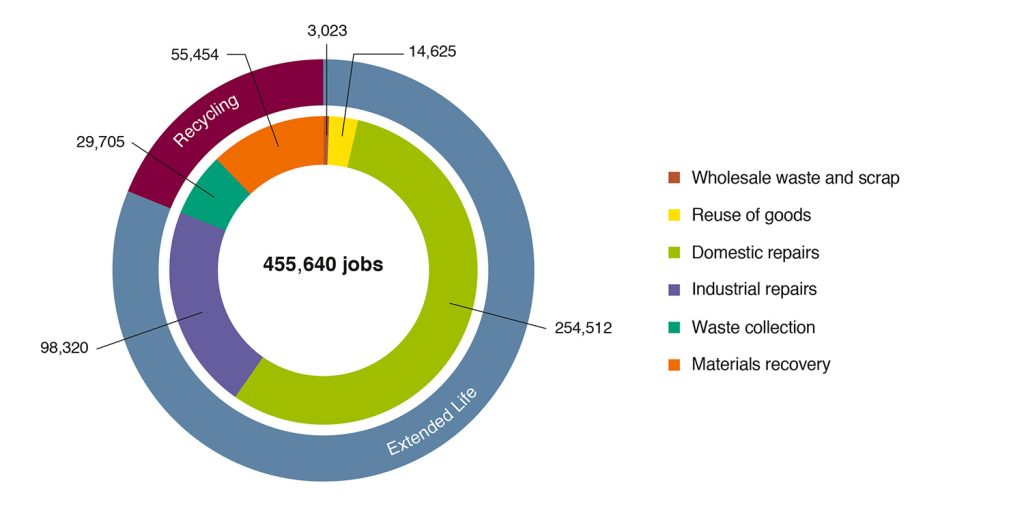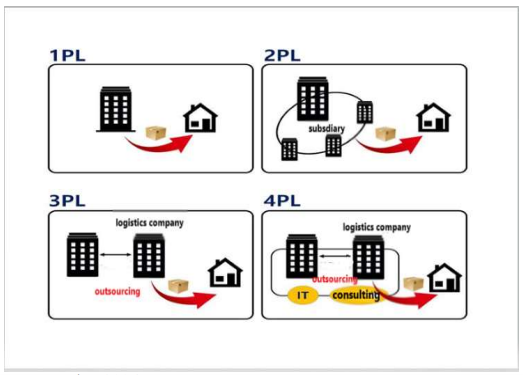2.4 Logistics Cycle
Learning Objectives
Logistics Cycle
Inbound and Outbound Logistics ensure smooth material movement from upstream to downstream, efficient manufacturing process and satisfied consumers. That is why, collaborative planning of inbound and outbound logistics becomes so essential. The logistics cycle includes all the steps involved in inbound and outbound logistics. Figure 2.6 provide its overview:

All the activities listed in this cycle are interrelated. The rest of the book is based on this cycle and will explain every step in detail. For instance, Procurement is discussed in the next Chapter, different requirements and modes of transportation from origin to destination will be explained in Chapter 4, Warehousing, Order Processing and Inventory Management will be addressed in Chapter 5, Chapter 6 provides details on documentation, Incoterm Rules and other related concepts, and Reverse Logistics will be covered in Chapter 9. Other topics of relevance are also covered in the book like Value Chain Vulnerability, Sustainability, Circular Economy, Introduction to Value Stream Mapping, Humanitarian Logistics etc.
Logistics Service Providers
Logistics Service providers (LSPs) help organizations with the activities listed in the logistics cycle. To focus on their core businesses, companies take services from the logistics providers. Demands for different services have been continuously increasing in the current logistics market. For instance, FedEx responds to various consumer’s needs and provides services such as same day, first overnight, priority overnight, standard overnight, 2 day, and express saver. In the case of UPS and RPS, rather than overly diverse services, they are using a service strategy that accurately meets the scheduled time. This is also called a money-back guarantee (Kim, 2021).
Categories of Logistics Service Providers
The following categories of LSPs differ based on services provided by different companies. Figure 2.7 provides an overview of these categories:

- 1PL: A logistics service with the concept of internally performing the logistics work generated by the company. Here, the company that manufactures the product handles the process from completion stage to final distribution.
- 2PL: Companies chose the 2PL method to provide logistics services by independently creating subsidiaries with specialized functions. In this case, it was common for a department in charge of logistics to become independent and become a subsidiary.
- 3PL: Third Party Logistics allows the shipper to designate all or part of the supply chain to improve customer service, reduce logistics-related costs, and improve operational efficiency for logistics activities. It refers to outsourcing logistics functions to a specialized company.
- 4PL: Fourth-party logistics (4PL) is a connection with management resources, capabilities and technologies of other companies that can make up for the shortcomings of logistics service providers to provide a comprehensive supply chain solution to shippers. Thus, it can be defined as a supply chain integrator that provides a more complete supply chain solution. Fourth-party logistics are also described as LLP (Lead Logistics Providers) and general contractors. It is a single contract point that aims to effectively connect various organizations and functions to plan and manage all activities in the supply chain (Saglietto,2013).
Video: Difference between 1PL, 2PL, 3PL, 4PL and 5PL Logistics Providers (4:02)
Watch this video that summarizes categories of Logistic Service Providers.
Media 2.5. Difference between 1PL, 2PL, 3PL, 4PL and 5PL Logistics Providers [Video]. IIPMR.
Check Your Understanding
Answer the question(s) below to see how well you understand the topics covered above. You can retake it an unlimited number of times.
Use this quiz to check your understanding and decide whether to (1) study the previous section further or (2) move on to the next section.
Check your Understanding: Logistics Cycle and Logistic Service Providers
Media Attributions and References
IIPMR. (2020). Difference between 1PL, 2PL, 3PL, 4PL and 5PL logistics providers [Video]. YouTube. https://youtu.be/2X6rD1nJx4M.
Kim, J. (2021, February 15). Studies on change of logistics concept and introduction to 4PL. East Asian Journal of Business Economics, 9(1), pp. 27-39. http://dx.doi.org/10.20498/eajbe.2021.9.1.27. CC BY-NC 4.0.
The process of selecting supplier and purchasing goods/services from them.
The act of moving goods from origin to destination using different modes such as air, land, sea and pipelines.
Storage area for goods.
The process of handling problem inventories.
Planning, Implementing, and Controlling the efficient, effective forward and reverse flow and storage of goods, services and related information.

